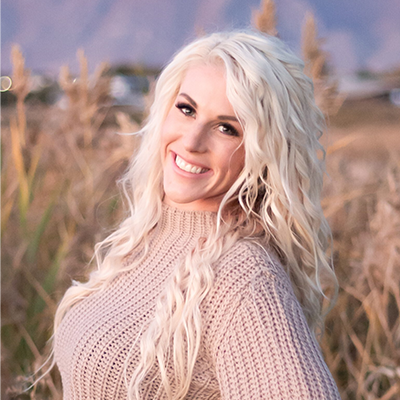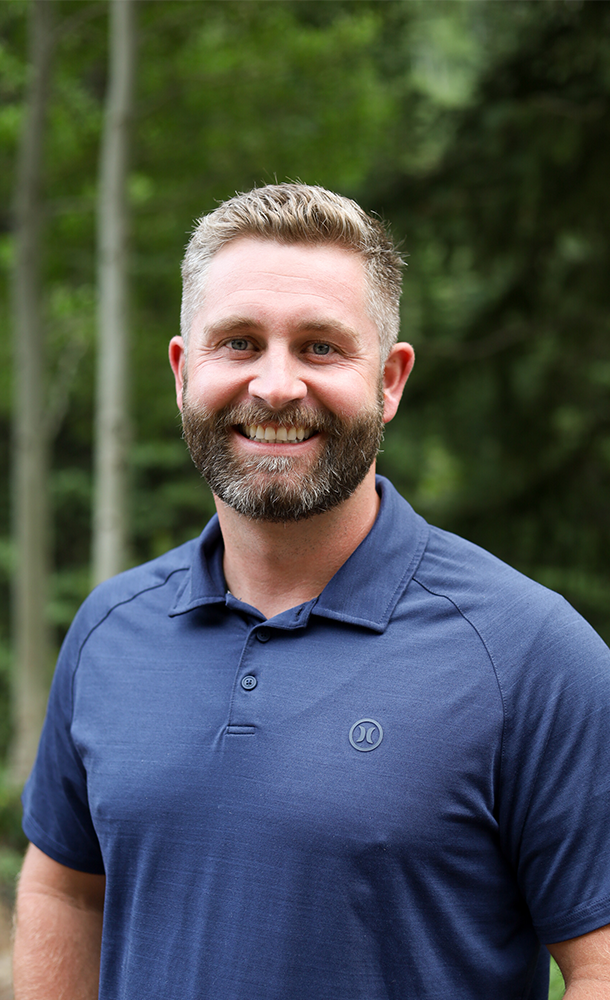Pasture Rangeland and Forage (PRF) Insurance, is a type of insurance coverage designed to protect ranchers in Texas against losses caused by drought, low rainfall, and subsequent forage losses. With coverage, ranchers receive financial support to ensure the stability and sustainability of their operations. PRF insurance policies through Redd Summit Advisors are custom-tailored to suit the needs of your unique operation in Texas.
Understanding the mechanics of the PRF insurance program is essential in determining whether it is worth participating in for your operation.
What is PRF Insurance?
Pasture, Rangeland, and Forage (PRF) insurance is a risk management tool specifically designed for ranchers, and subsidized by the USDA Risk Management Association (RMA). This type of crop insurance protects against losses caused by drought or low rainfall that lead to a decline in forage production.
How Does PRF Insurance Work?
With coverage, your policy will trigger an indemnity each time your insured grids receive lower-than-average rainfall during your insured intervals throughout the year. Your indemnities will first go toward your premium balance, and once satisfied, all remaining loss checks will be issued straight to you.
By participating in the PRF insurance program, producers can safeguard their profits and ensure the sustainability of their operations, despite what the weather may bring.
Is PRF Worth It For Your Texas Operation?
When considering PRF (Pasture, Rangeland, and Forage) insurance in Texas, there are several factors to consider to determine if it is worth it for you:
- Assess the risk
Analyze the likelihood of low precipitation affecting your operation and the potential impact on your income. Likewise, assess the likelihood of persistent higher-than-average precipitation that could lead to you consistently owing your insurance premium.
- Evaluate the coverage
Understand the specific coverage offered by your PRF insurance agent, including how it protects against losses due to drought and low rainfall. Discuss your risk tolerance, and ensure your coverage is strategically placed to maximize your likelihood of receiving loss checks.
- Understand your potential premium cost
Understand your premium amount associated with your PRF insurance policy, and develop a plan to satisfy the balance if you receive more rain than average during your insured intervals.
- Consider other risk management tools
Explore additional risk management strategies such as savings accounts, diversification of your operation, or other insurance options to determine if PRF insurance will be a useful tool in your risk management tool-box.
What Are The Benefits of PRF Insurance?
Ranchers can enjoy several benefits from utilizing a PRF policy to protect their profit margin from the impact of lower rainfall.
- Financial security
With PRF insurance, ranchers have a safety net against losses caused by drought, low rainfall, and the consequential low forage production.
- Flexibility
Ranchers insured through Redd Summit Advisors can customize their coverage based on their operation’s specific needs and risk tolerance.
- Simple claims process
In the event of a loss (lower-than-average rainfall during your insured interval), ranchers don’t even need to file a claim. You’ll be issued an indemnity credited to your policy or a loss check automatically from your PRF insurance policy.
- Stability
PRF insurance provides ranchers with a consistent source of financial support during dry periods, helping to stabilize their income over the long term. Most insured ranchers remain net positive over the lifetime of their policy, even accounting for a few wetter-than-average years, in which they owed their premium.
- Peace of mind
By having PRF insurance, ranchers can mitigate the financial risk and stress associated with forage loss due to low rainfall and focus on other aspects of their farming operation, such as expansion, breeding goals, and equipment upgrades.
What Does PRF Insurance Cover?
PRF insurance covers ranchers’ pasture, rangeland, and forage, whether owned or leased, from the decrease in production caused by lower-than-average precipitation. Indemnities and loss checks are issued based on the assumed loss an insured rancher has incurred due to lack of rainfall. Rainfall data for your land in Texas is reported on a per-grid basis to the RMA by the National Oceanic and Atmospheric Association (NOAA).
Is PRF Coverage Drought Insurance?
No. There is technically no such thing as drought insurance. However, PRF insurance is often referred to as drought insurance because it protects ranchers’ profit margins from the impact of low rainfall. By obtaining participating in the program, ranchers can minimize the financial impact of reduced forage yields, increased production costs, and supplemental forage costs.
Is PRF Coverage Forage Insurance?
PRF insurance protects against the financial impact of a decrease in forage production caused by a lack of rainfall. However, it does not measure forage yields to determine if a rancher is eligible for an indemnity or a loss check. Instead, PRF insurance relies on NOAA rainfall data to calculate a rancher’s assumed loss when rainfall is lower than average within their insured interval and grid to issue an indemnity or loss check.
Is PRF Coverage Rainfall Insurance?
Rainfall insurance is another slang term for PRF insurance. Given that this coverage protects ranchers from the financial losses associated with low rainfall, rainfall insured is a fitting nickname for the PRF program.
How to Get PRF Insurance Coverage in Texas?
Looking to secure your Texas operation with PRF insurance? The process is incredibly easy! In this section, we'll uncover the ins and outs of obtaining PRF insurance in the Lone Star State. From the eligibility requirements that must be met to the application process itself, your Redd Summit Team will walk you through it.
Eligibility Requirements
To be eligible for PRF insurance in Texas, there are specific eligibility requirements that need to be met:
- Livestock: To qualify for PRF insurance, you must own grazing livestock that utilize your insured acres, whether that be grazing or forage production.
- Acreage Minimums: You must own or lease the minimum acreage to qualify for PRF coverage. In most states and counties, the minimum is 60 contiguous acres, though some areas vary.
- Application Deadlines: To obtain PRF insurance for 2024, you must sign an application by December 1st, 2023.
Review the eligibility requirements and consult with a Redd Summit insurance agent to determine if PRF insurance is a suitable option for your ranching operation.
Does PRF Insurance Cover Other Natural Disasters?
PRF insurance covers ranchers against lack of rainfall, and the costs associated with forage loss. It does not cover other natural disasters like hurricanes, floods, or wildfires.
Can PRF Insurance Protect Against Market Price Fluctuations?
No. PRF insurance does not protect against Market Price Fluctuations, but Livestock Risk Protection Insurance (LRP) insurance does. Speak with your Redd Summit Agent about LRP coverage for your cattle.
Frequently Asked Questions
1. What is PRF insurance and how does it help ranchers and ranchers in Texas?
Pasture, Rangeland, and Forage (PRF) insurance is a program subsidized by the U.S. Department of Agriculture's Risk Management Agency (RMA), and administered through insurance agents and agencies. It provides annual protection against lack fo rainfall to ranchers who rely on forage production for their livestock operations. PRF insurance offsets replacement feed costs in the event of a loss of forage due to a lack of precipitation, helping ranchers manage risk during dry conditions.
2. How does PRF insurance work in Texas?
PRF insurance in Texas compares your grid’s 70-year average rainfall and NOAA rainfall data during your insured intervals to determine if you are owed an indemnity or loss check.
Producers insure their acreage for two-month intervals during one crop year.
3. Where can I sign up for PRF insurance in Texas?
To enroll in the 2023 PRF insurance program in Texas, you can contact a Redd Summit Agent at (435) 625-1022.
4. How does PRF insurance offset replacement feed costs?
When there is a rainfall deficit in your grid during your insured interval, you’ll be issued an indemnity credit or a loss check from your PRF insurance policy, to cover your assumed losses due to insufficient forage production.
5. What are the benefits of PRF insurance in Texas?
PRF insurance offers flexible protection against drought and low rainfall for ranchers in Texas. It allows producers to choose the number of acres to insure and the time of year to insure them.
6. How can I get more personalized assistance with PRF insurance in Texas?
If you need more information or personalized assistance with PRF insurance in Texas, contact Redd Summit at (435) 625-1022.


.webp)




